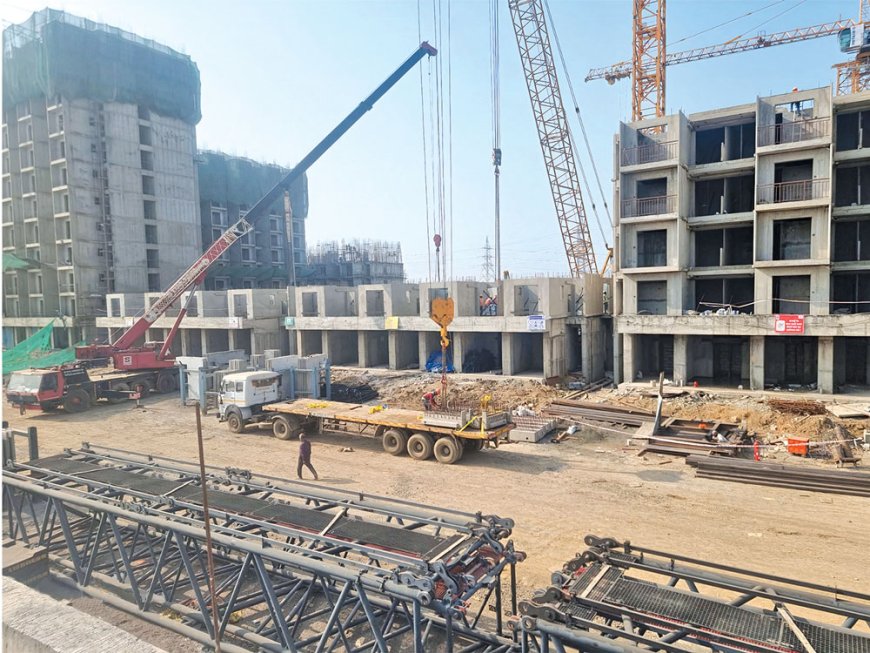Cement demand is a subset of the overall demand.

Jash Panchamia
Management, Suraksha Group
How do you view the demand trend of cement and concrete in the real estate and precast sector in India in the current construction scenario?
Real estate constitutes around 55% of the demand for cement, and 2024 is anticipated to witness a consistent increase in cement demand. The positive housing demand outlook extends beyond Tier 1 to Tier 2 cities. In the realm of precast, cement demand is a subset of the overall demand, emphasizing the importance of cement quality and precise mix designs/blends tailored to the specific casting requirements.

How is the precast method being employed in your new mass housing project in Vasai? What advantages and benefits do you highlight in this project?
We have set up a captive precast factory dedicated to serving our extensive housing project, Suraksha Smart City in Vasai. The decision to create this captive unit followed thorough research and planning, considering aspects such as design, volume, repetitions, ductility, leakage factors, and cost. The primary drivers for adopting this technology were the acceleration of large-scale construction in a controlled environment, aiming for superior quality output, and minimising labour management at the erection site. To add to this, we have also added a highly complex 3D element casting wherein a whole room along with washroom can be cast in the factory, which enables us to have a monolithic element with a minimal number of joints. Hence, considering all factors of quality, speed, and cost, precast has been advantageous.
Which are your major upcoming real estate projects?
Currently, Suraksha Smart City commands our sole focus. As a colossal real estate undertaking, it demands our unwavering attention and complete commitment.
What are your future expansion plans and what will be the role of precast solutions?
While precast offers advantages, it isn't a universal solution for all construction projects. The determination of its use in the real estate industry is distinctive and project-specific, as its future role hinges on project-specific factors like size, design, and other specific requirements.







